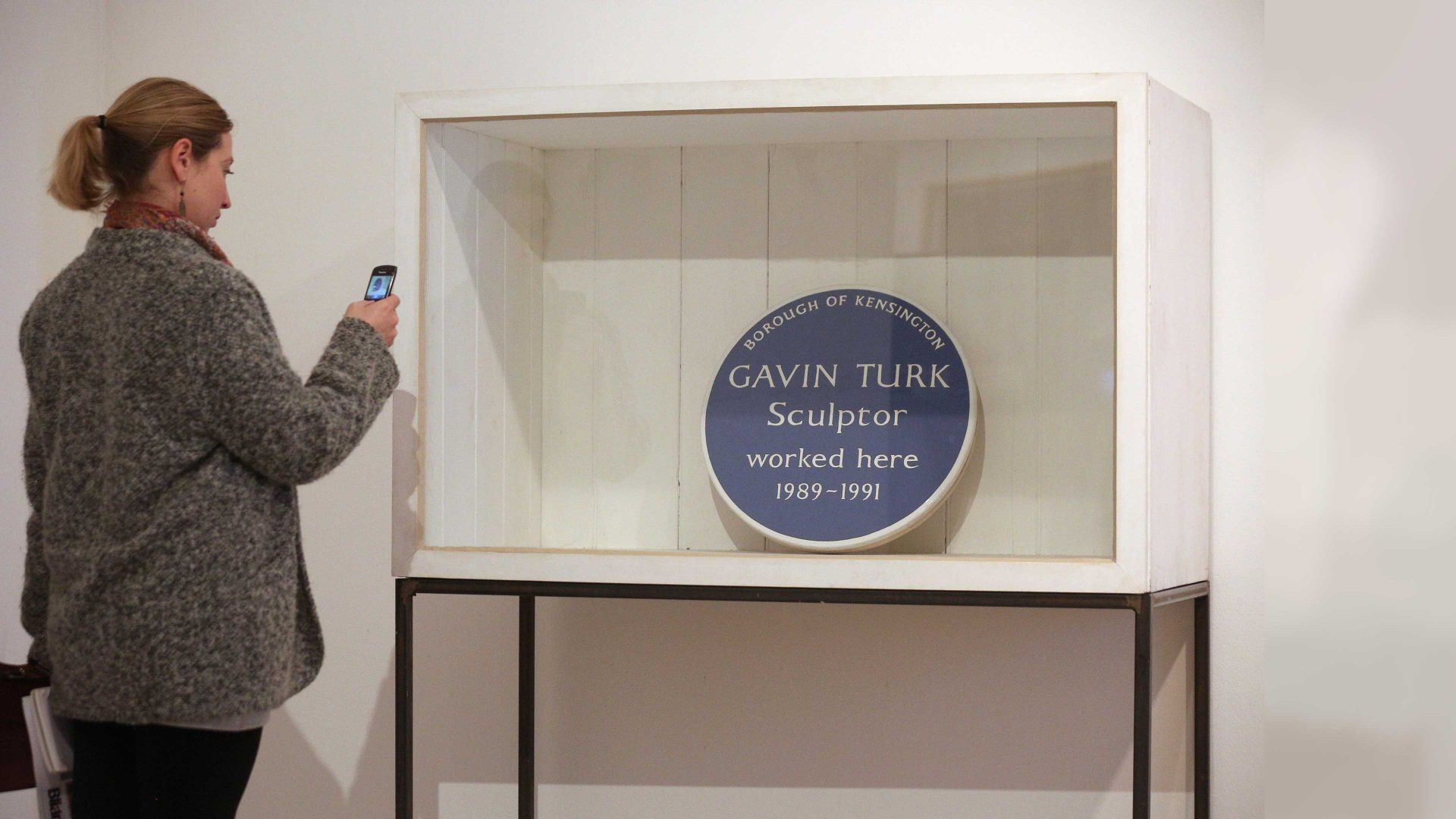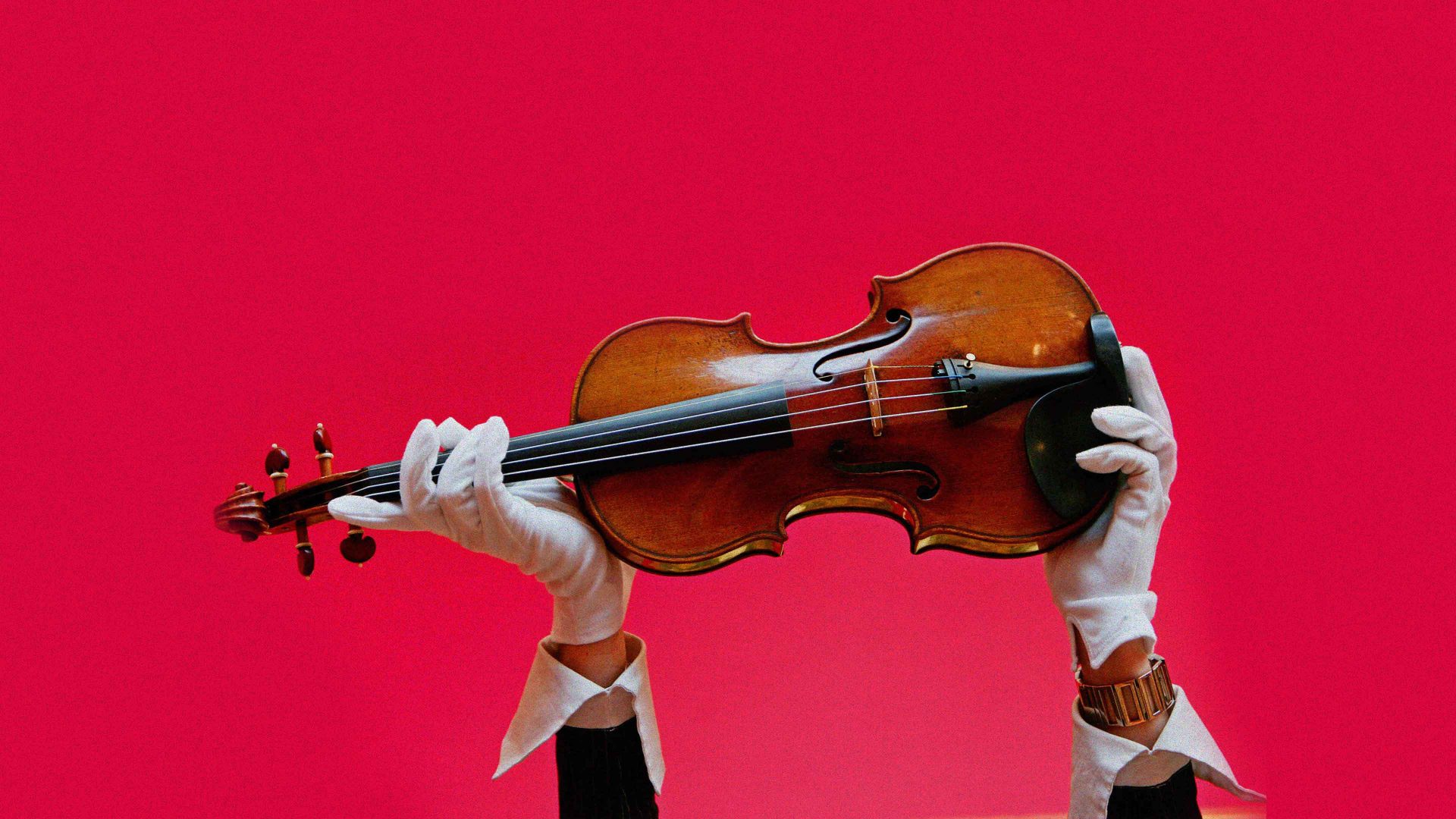Memories of Cool Britannia tend to be a little foggy – obscured by the mists of time (for which read 14 years of Tory government), and by the cognitive impairment that comes with too much honking cocaine off of maxed-out credit cards, and knocking back champagne, while watching Liam and Patsy rolling around on the full-size snooker table in the attic “rumpus” room of the Groucho Club. A table either sold or given (I find the former more plausible) to the club by Janet Street-Porter. Inevitably, the actor and Vindaloo-fanboy, Keith Allen, dubbed the cue extension “Nobski”, in memory of JSP’s former partner, the rapper and TV presenter, um, Normski.
Décor was nothing to write home about at the Groucho in the late 1990s – the only thing on the wall in the rumpus room was a blue plaque, such as proclaim the former residency of some eclipsed luminary or other; but this one was made of plastic rather than enamelled metal, and announced only that Gavin Turk “worked here”. I can’t remember what the dates were.
Turk was one of the less offensive of the so-called “YBAs” – he didn’t get his todger out at the least provocation, or act like a todger without the least provocation, like Tracy. Neither did he produce portraits of Myra Hindley made from hundreds of children’s handprints, like Marcus, or fabricate latex mannequins with genitals instead of mouths, like Jake and Dinos. He was most famous for a life-size dummy of Sid Vicious, portrayed doing his version of Sinatra’s My Way.
You get the picture: Turk’s was (and for all I know, may well still be) an art of sly referentiality to the phenomenon of notoriety itself. Indeed, when you stop to think of it, all the YBAs to a greater or lesser extent were involved in this behaviour: a kind of sympathetic magic, whereby they believed that by assuming the trappings of cultural significance, they would inevitably accrue them. Needless to say, I found this decadent hoodoo grating then – and excruciating now.
Then, I would simply remove the blue plaque from the wall, open a small dormer window and throw it out. Not far – just a few feet, to where this reification of Cool Britannia could repose on a ledge beside another metropolitan oxymoron: a lightwell. Then either the artist, or one of his confreres, would retrieve it, and put it back on the wall. I did this so regularly it became a ritual – and I don’t even think Turk took any particular offence (I’m still on his mailing list) – although I believe he should’ve.
Because his joke wasn’t funny then – and it isn’t any more amusing now. Then, as I say, the plaque was plangently parodic: a mere plastic disc, impossible to mistake for the real imprimatur of official renown. But now, it takes the form of a much more credible “fake” blue plaque – again, fabricated by Gavin Turk, but this time on the wall of Damien Hirst’s tony – and vacuous (see MM passim) gallery on Newman Street, in North Lambeth – near to Mon repos.
Which is probably why it narks me so much: I see it more or less every time I walk back from the West End, where nowadays I drink coffee, rather than snort cocaine. You might imagine I’d have a beef with English Heritage blue plaques – but I don’t. The ones for Jimi Hendrix and Friedric Handel, side by side, at 25 and 23 Brook Street, perfectly register those strange parallax views that time affords us on the nature of renown: its spatialisation, and dissemination. To be awarded a blue plaque, the recipient must have been dead for twenty years – a reasonable enough index of genuine cultural influence, as against mere ephemeral popularity.
I daresay Turk and Hirst think they’re being amusingly subversive by short-circuiting the very notion of heritage – tying it up, as it were, into a tight little knot of postmodernism. But for those of us – which is everyone – who’ve witnessed the unholy miscegenation between conceptual art and commodity capitalism throughout our adult lifetimes, the notion that these poseurs have anything whatsoever radical to say is more otiose than a crusty civil servant handing out tokens of transcendence.
The youngest – whose motto, as an artist and an individual, is indeed “unto this last” – spits feathers every time we stroll past this wall-mounted excrescence, and we’ve examined it from every angle to see if we can prise it off, but it’s about 12 feet up, and cemented firmly in place. Still, what with an incoming Labour administration, what goes around must indeed come around, so Gavin and Damien, take it as read that I’ve removed this plaque, as I did the other, and chucked it away.



